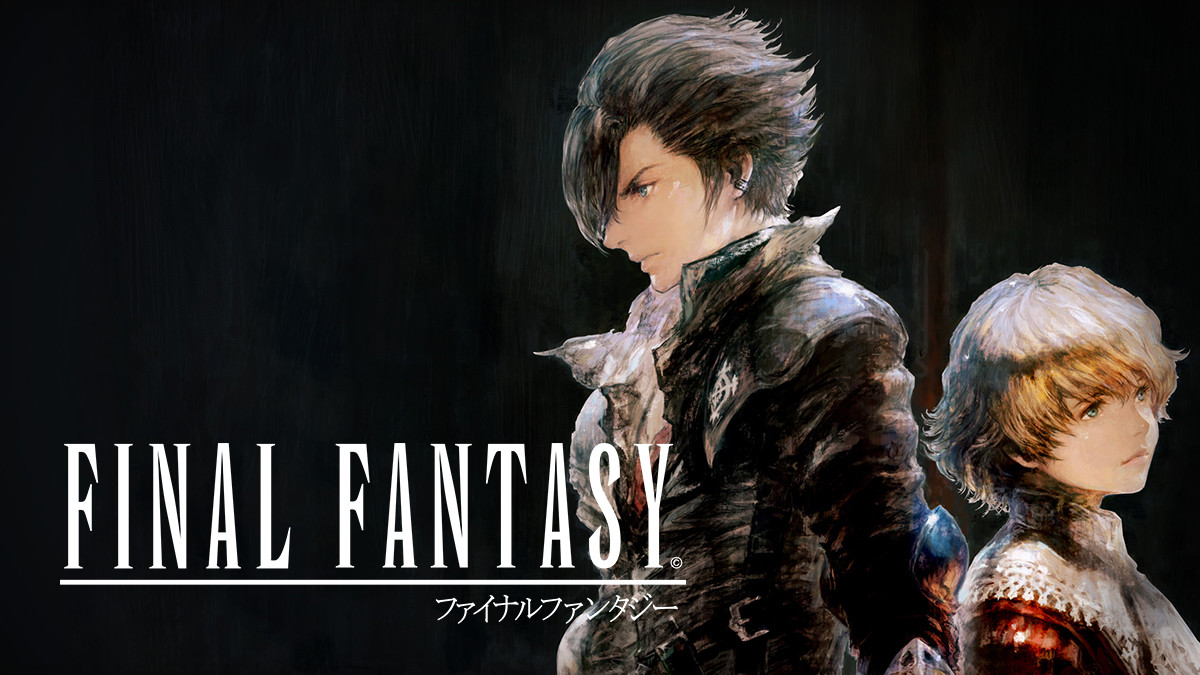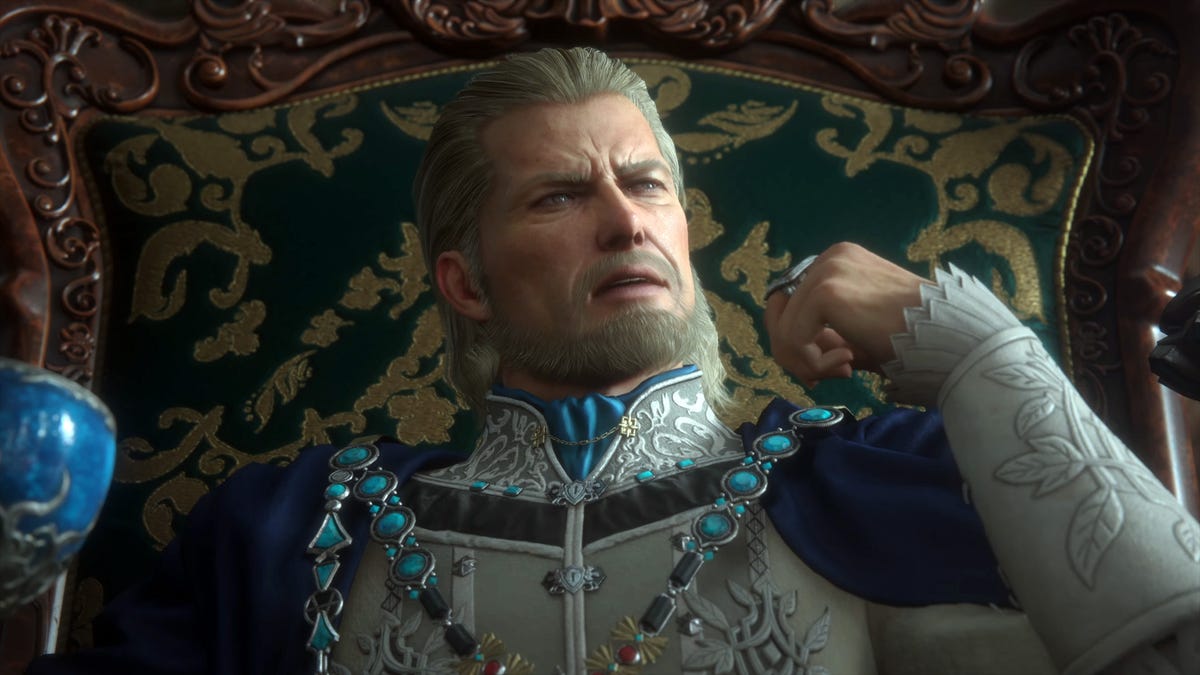Our design concept from the earliest stages of development has always heavily featured medieval Europe, incorporating historical, cultural, political, and anthropological standards that were prevalent at the time. When deciding on a setting that was best suited to the story we wanted to tell—the story of a land beset by the Blight—we felt that rather than create something on a global scale, it was necessary to limit the scope it to a single landmass — one geographically and culturally isolated from the rest of the world in an age without airplanes, television, or telephones.
Due to the underlying geographical, technological, and geopolitical constraints of this setting, Valisthea was never going to realistically be as diverse as say a modern-day Earth...or even Final Fantasy XIV that has an entire planet (and moon) worth of nations, races, and cultures at its disposal. The isolated nature of this realm, however, does end up playing a large part in the story and is one of the reasons Valisthea’s fate is tied to the rest of the world.
Ultimately, we felt that while incorporating ethnic diversity into Valisthea was important, an over-incorporation into this single corner of a much larger world could end up causing a violation of those narrative boundaries we originally set for ourselves. The story we are telling is fantasy, yes, but it is also rooted in reality.
Conversely, the Final Fantasy series of games have always inherently dealt with conflict and struggle, especially between the empowered and those used and/or exploited by those privileged few—a prominent trend in human history. In a game that, by design, allows players to experience that conflict and struggle first- hand through dynamic, realistic battles, it can be challenging to assign distinctive ethnicities to either antagonist or protagonist without triggering audience preconceptions, inviting unwarranted speculation, and ultimately stoking flames of controversy. The best part of pulling inspiration directly from history, however, is that it allows us to revisit and re-examine our own pasts, while also allowing us to create something new.
In the end, we simply want the focus to be less on the outward appearance of our characters and more on who they are as people—people who are complex and diverse in their natures, backgrounds, beliefs, personalities, and motivations. People whose stories we can resonate with. There is diversity in Valisthea. Diversity that, while not all-encompassing, is synergistic with the setting we’ve created and is true to the inspirations from which we are drawing.


